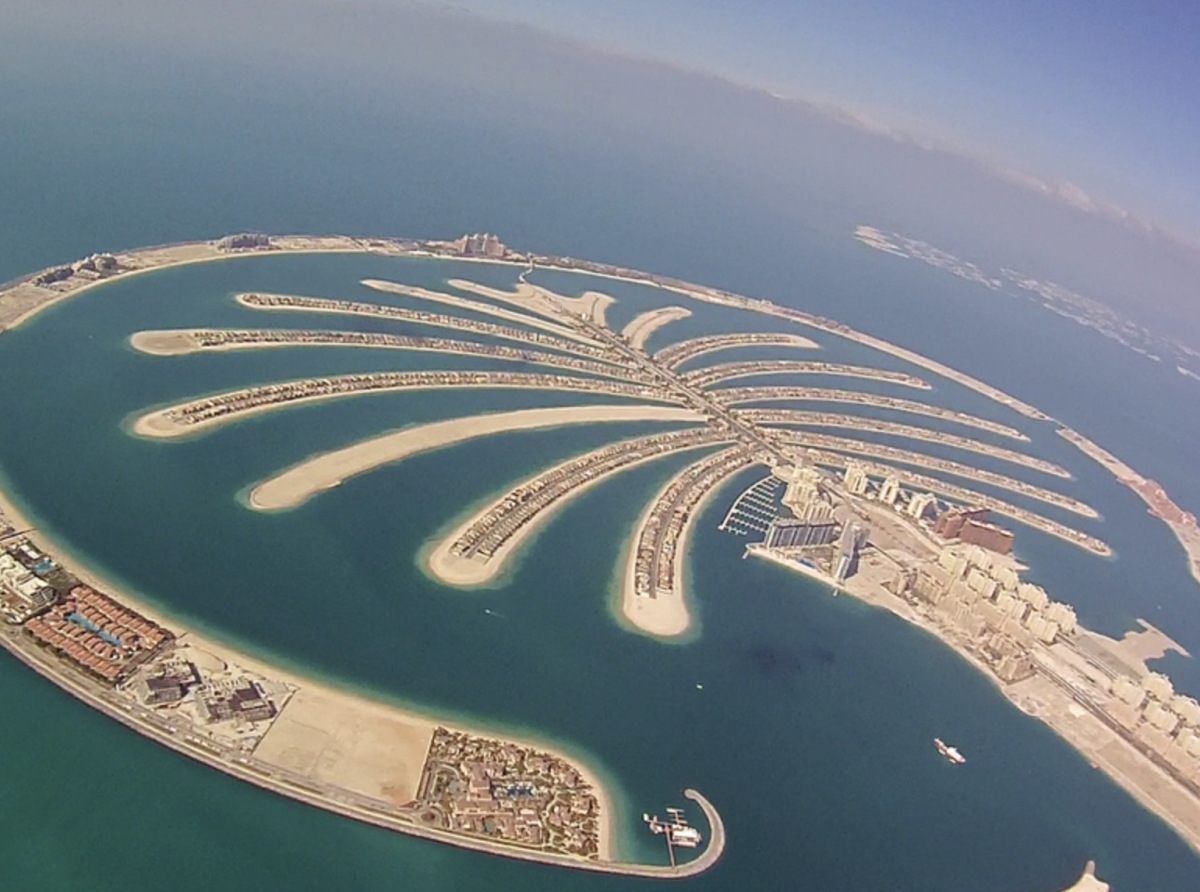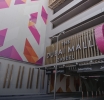Palm Jumeirah: An Archipelago of Audacity

From space, the Palm Jumeirah looks like a tree sprouting from Dubai’s coastline, its 17 fronds and crescent-shaped breakwater forming a man-made archipelago. Completed in 2008, this $12 billion project added 78 kilometers of shoreline, hosting luxury hotels like Atlantis, The Palm, and private villas that attract the world’s wealthy.
The Palm’s creation was a marvel of marine engineering. Over 94 million cubic meters of sand were dredged from the Arabian Gulf and sprayed into place using GPS-guided vessels. A 11-kilometer breakwater, built with 7 million tons of rock, protects the island from waves. Yet, environmental concerns linger: studies suggest the project disrupted local marine ecosystems, though Dubai has since invested in artificial reefs to mitigate damage.
Visitors can explore the Palm via a monorail connecting the mainland to Atlantis, where a waterpark and aquarium draw families. Strolling the Boardwalk along the crescent offers views of Dubai’s skyline and the Gulf’s turquoise waters. The Palm Jumeirah embodies Dubai’s knack for turning improbable visions into reality, inviting travelers to ponder the line between innovation and excess.
Photo credits: Wikipedia.
Disclosure: Dubai Voice enhances the editing process with the help of carefully selected AI tools. These tools provide valuable support without taking over the editing process completely, ensuring that the final product is the result of human creativity and expertise augmented by the benefits of enhanced technology. This article is protected under the copyright of Dubai Voice. Unauthorized reprinting, republishing, or rewriting of this content is strictly prohibited without explicit permission from Dubai Voice. Quotations from this material are permissible provided that a direct link to the full article on Dubai Voice is included.








